A Script on the Brink of Obscurity
Tucked away in dusty archives, libraries, and personal collections across Maharashtra and parts of Gujarat lie millions of historic documents—handwritten in the once-dominant Modi script. This script, used widely from the 13th to 20th centuries for administrative and cultural writing in Marathi, holds invaluable insights into India’s social, legal, and political past. But with fewer experts today able to read or translate Modi, these manuscripts have remained out of reach—until now.
Enter MoScNet: a groundbreaking AI model developed by researchers at IIT Roorkee, designed to transliterate Modi script directly into Devanagari—the modern script used in contemporary Marathi. Powered by deep learning and trained on a newly curated dataset called MoDeTrans, MoScNet represents a major stride in digital heritage preservation, aligning with India’s larger linguistic AI initiatives like BharatGPT and Bhashini.
What is the Modi Script?
The Modi script evolved during the Yadava dynasty in the 13th century and was widely used across the Maratha Empire and during the Peshwa era. Unlike Devanagari, which is more geometric and standardized, Modi is cursive, variable, and highly context-sensitive, making it hard for modern OCR (optical character recognition) or NLP (natural language processing) systems to handle.
Characteristics:
- Over 46 consonants and 12 vowels, with cursive joins
- Frequent ligatures and abbreviations
- Contextual character shapes that change mid-word
- Scribes developed their own variations over time
Today, millions of legal, administrative, and literary documents exist in Modi, but most remain untranscribed or untranslated due to:
- A lack of trained experts
- Difficulty in digitization
- Visual inconsistency across handwritten versions
MoScNet: A Technical Breakthrough in Script Transliteration
MoScNet (Modi Script to Devanagari Script Neural Network) is the world’s first Vision-Language Model (VLM) tailored to handle script-level image-to-text transliteration from Modi to Devanagari.
Key Innovations:
- Direct Modi-to-Devanagari Conversion
Unlike earlier OCR systems that struggle with character segmentation, MoScNet bypasses this challenge by mapping entire Modi words or ligatures to their Devanagari equivalents. - Vision-Language Architecture
Combines convolutional neural networks (CNNs) for image feature extraction and transformer-based sequence models for accurate language mapping. - Multiperiod Robustness
Trained on data from three historical periods—early, middle, and late Modi, enabling it to handle stylistic variations over time. - Custom Dataset: MoDeTrans
IIT Roorkee created MoDeTrans, a pioneering dataset of over 2,000 annotated image-text pairs drawn from digitized manuscripts across several centuries.
Training the Model: The MoDeTrans Dataset
Why MoDeTrans Matters:
Until now, no standardized dataset existed for the Modi script. The MoDeTrans dataset was designed to ensure:
- Diversity of handwriting styles
- Balanced representation of characters and ligatures
- Annotation with native-language experts
Dataset Highlights:
- 2,000+ high-resolution images of handwritten Modi script
- Devanagari transliteration verified by experts
- Representing administrative documents, letters, poetry, and records
This dataset is not just foundational for MoScNet, but can serve as a benchmark for future heritage-based AI tools.
Performance & Accuracy
MoScNet has demonstrated state-of-the-art accuracy in transliteration tasks compared to conventional OCR or transcription software.
Metrics:
- Character Error Rate (CER): Significantly lower than Tesseract or commercial OCRs
- Word-level accuracy: Up to 90% on clean, legible scripts, and over 70% on noisy or degraded manuscripts
- Multiperiod Consistency: High robustness across early, middle, and late Modi variants
The model was evaluated using real manuscripts sourced from Maharashtra State Archives and university libraries.
Implications: From Cultural Preservation to AI for Languages
1. Reviving Access to 40 Million Manuscripts
India’s archival departments estimate that over 40 million documents remain in Modi, including:
- Colonial land records
- Legal verdicts
- Social and economic data
- Personal letters and poetry
Transliterating these into Devanagari makes them readable by the modern public, enabling scholars, educators, and policymakers to rediscover long-lost narratives.
2. Boosting BharatGPT & Bhashini
MoScNet is a natural complement to BharatGPT and Bhashini, India’s flagship missions to:
- Develop multilingual foundational AI models
- Digitally empower regional language users
- Preserve indigenous linguistic heritage
By creating structured datasets from ancient texts, tools like MoScNet contribute to a richer language model ecosystem grounded in Indian culture.
3. Training the Next Generation of Language Models
AI models, including LLMs like GPT or Gemini, can become more culturally fluent if trained on a broader historical corpus. MoScNet can help create clean training data from centuries-old sources, enriching AI with regional, temporal, and linguistic diversity.
Challenges and Future Directions
1. Dataset Expansion
While 2,000 pairs are a great start, scaling to tens of thousands of annotated samples will improve model generalization—especially for degraded or overlapping text.
2. Multi-Script Compatibility
India has over a dozen historical scripts. Extending MoScNet’s framework to others like Grantha, Sharada, or Kaithi could unlock additional cultural treasures.
3. Public Platform Integration
Future goals may include:
- An open-source web interface for uploading and transliterating Modi manuscripts
- Integration with Indian digital archives like the National Digital Library of India (NDLI) or Abhilekh Patal
Conclusion: AI as a Torchbearer for Cultural Continuity
The creation of MoScNet by IIT Roorkee is more than a technological achievement—it’s a symbol of how AI can serve heritage. In a world driven by innovation, it bridges our digital future with our cultural past, enabling millions of documents—once locked in the ornate curves of the Modi script—to speak again.
As India accelerates its AI and language missions under Digital India, tools like MoScNet ensure that no piece of history remains forgotten just because it’s unreadable. It’s a remarkable step in ensuring India’s cultural continuity in the AI age.

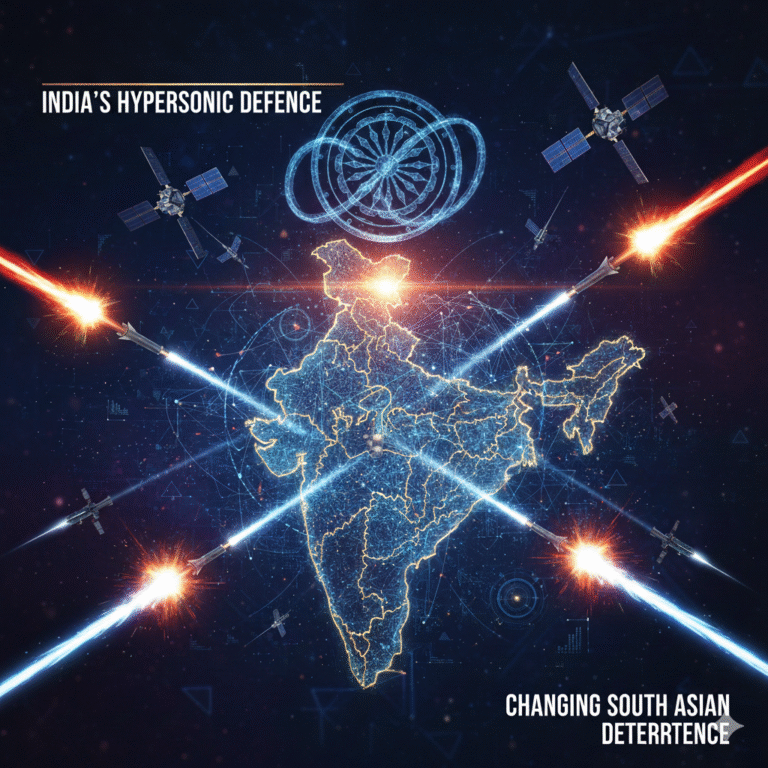
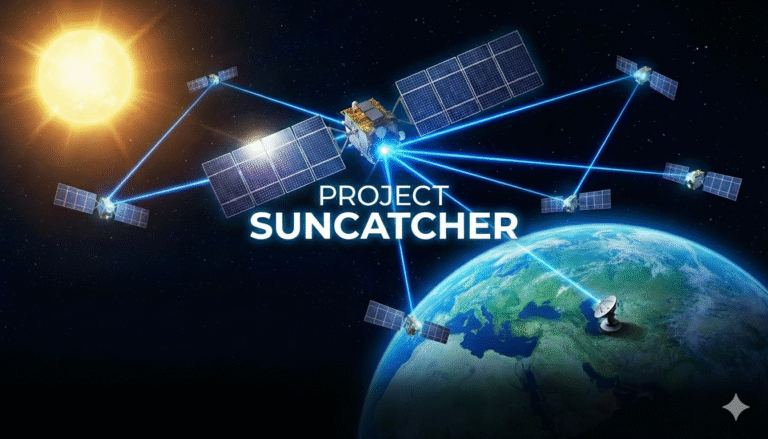
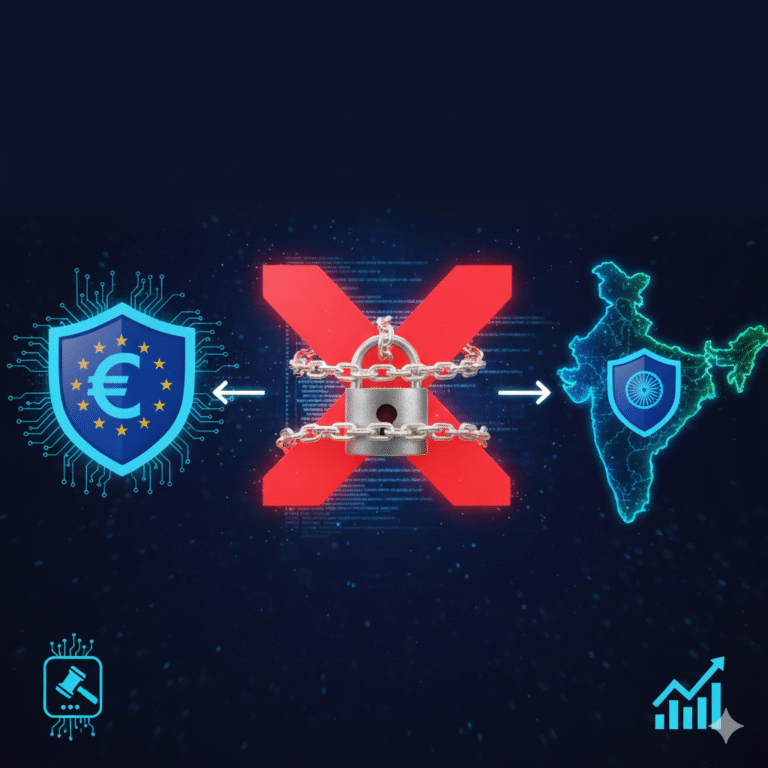
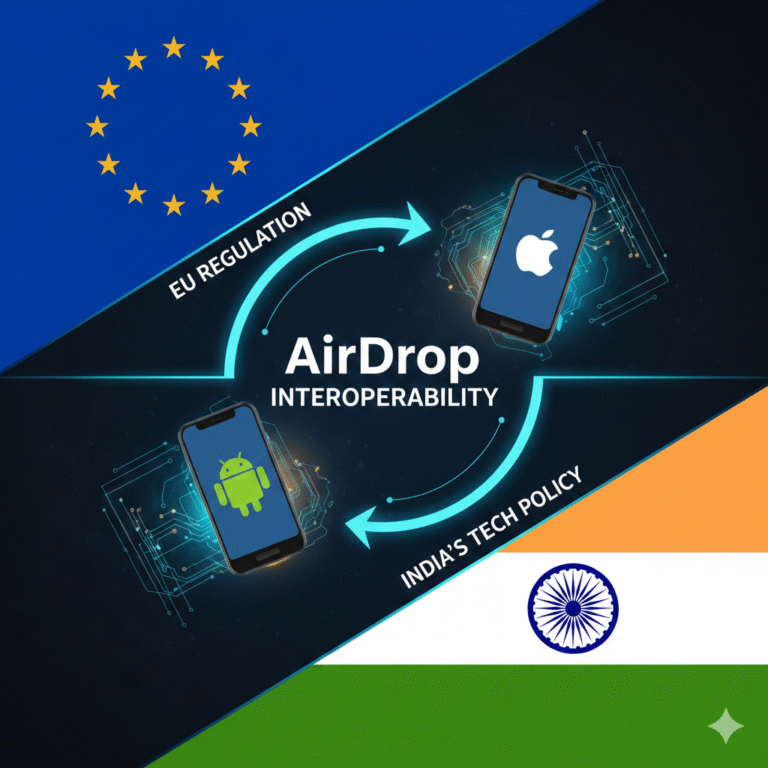
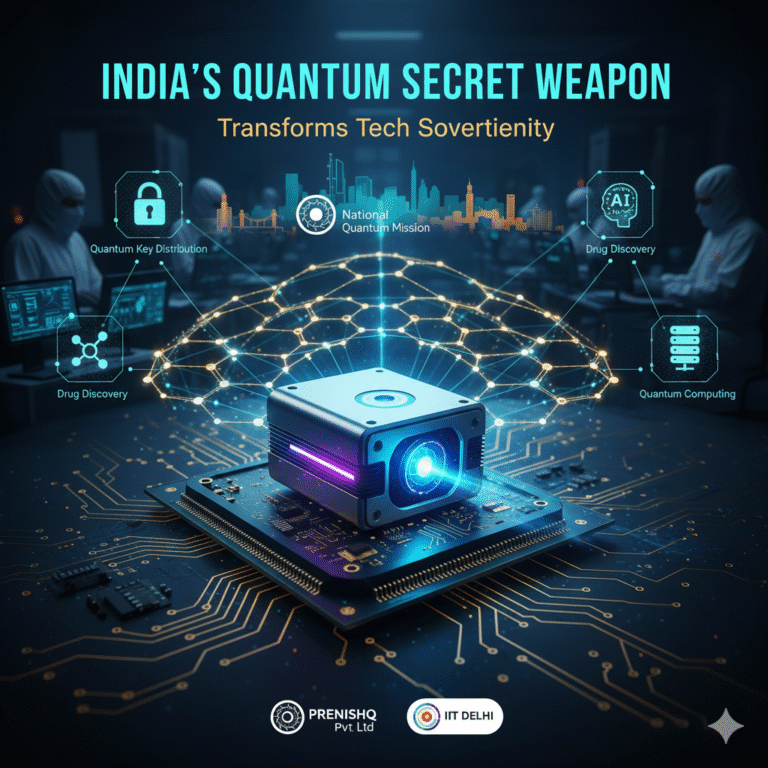

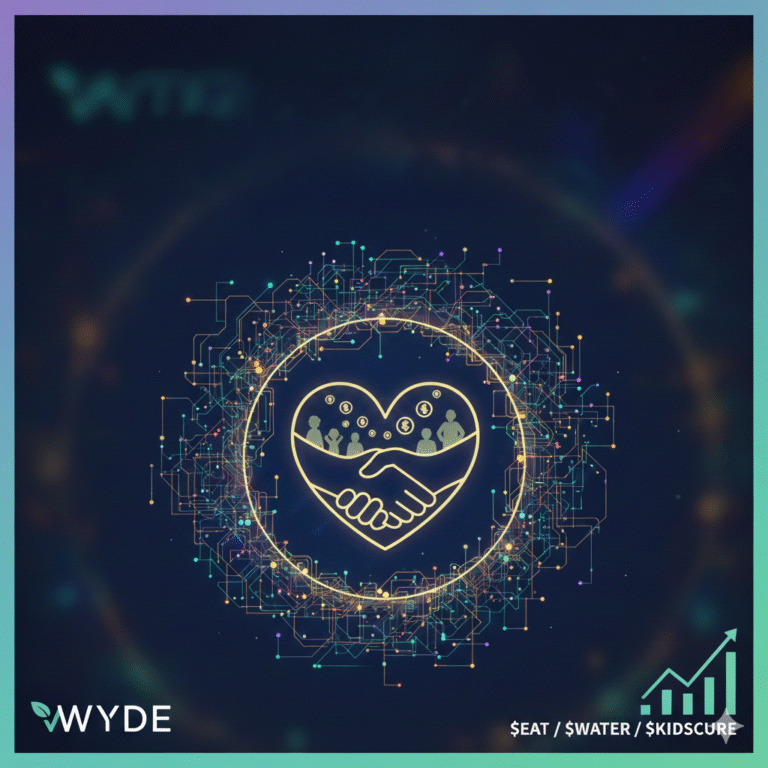

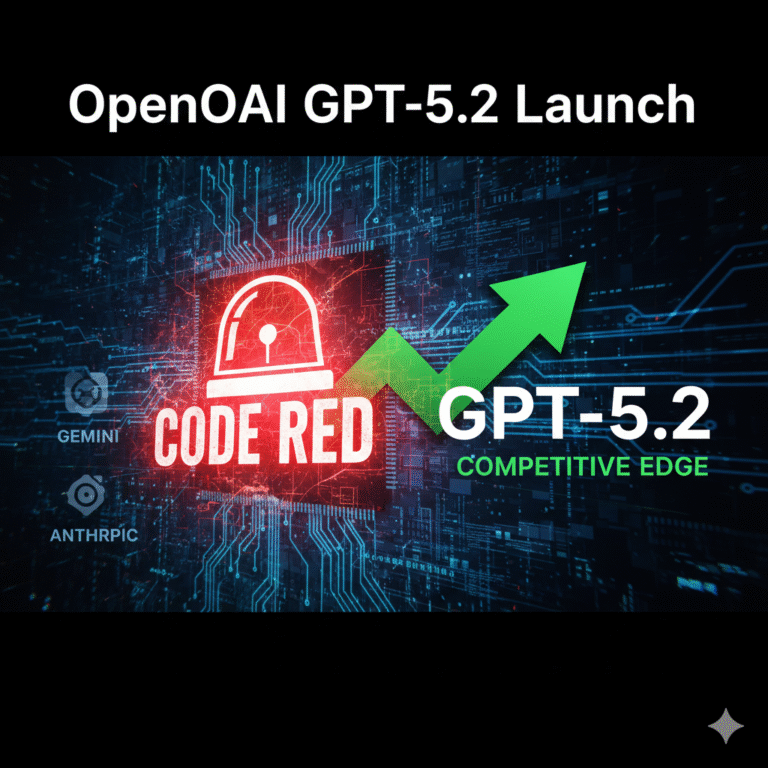
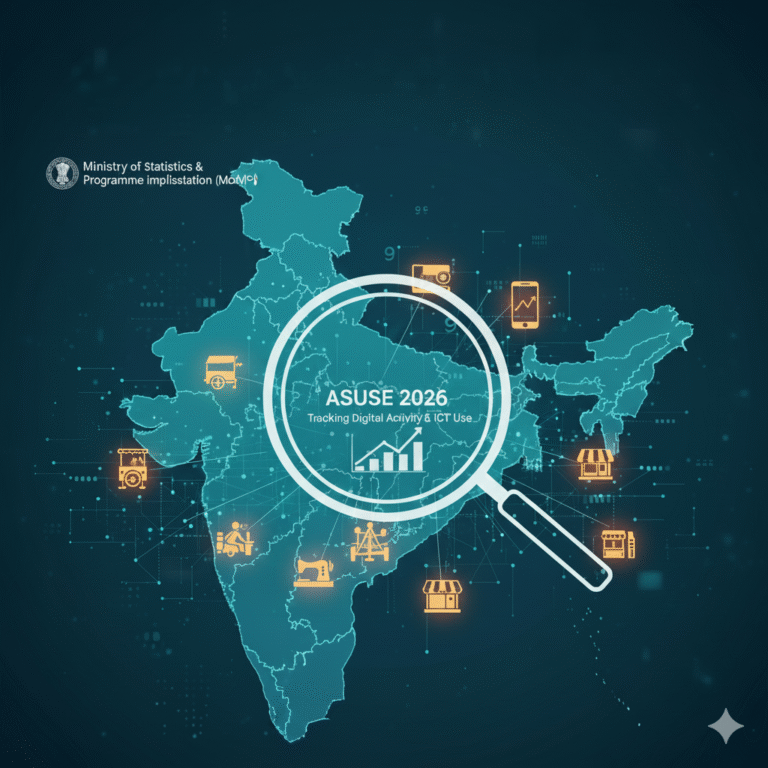
+ There are no comments
Add yours